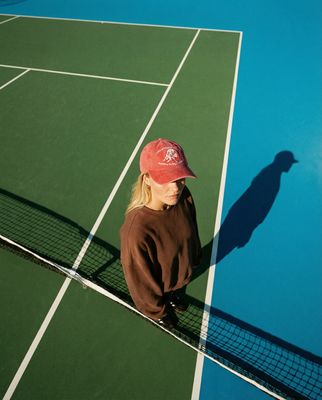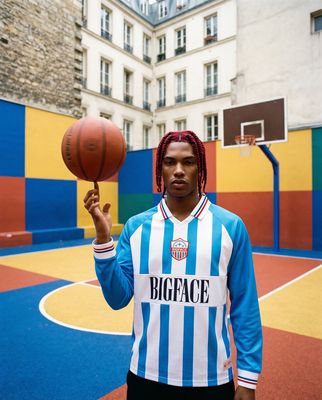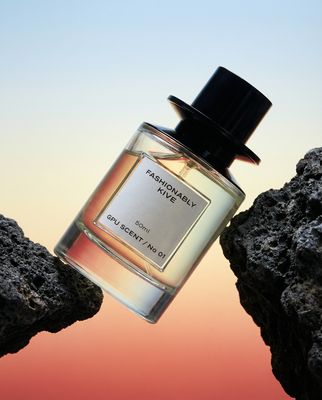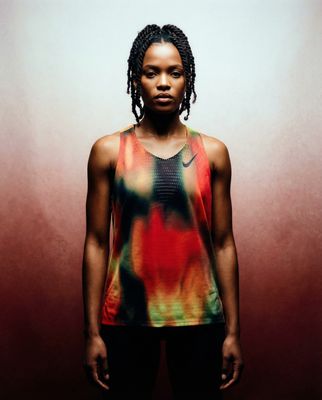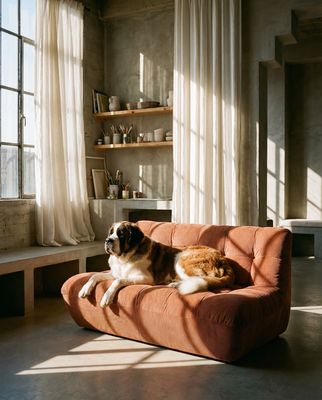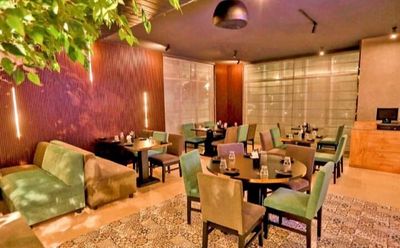Everything about the color Clay
The meaning of the color clay and color combinations to inspire your next creation.
Browse images in the color clay
What color is clay?
Clay is a warm, earthy tone that sits between brown and orange on the color spectrum. It evokes a natural, grounded feeling, reminiscent of terracotta pottery and sunbaked earth.
What are similar colors to clay?
For variations within the same warm and earthy spectrum as clay, consider:
- Terracotta (#E2725B) shares clay's earthy warmth but with a more pronounced reddish hue, reminiscent of sunbaked pottery.
- Sienna (#A0522D) offers a deeper, more muted brown tone, echoing the natural richness of clay.
- Rust (#B7410E) provides a more intense, reddish-brown shade, capturing the aged, oxidized look similar to clay.
- Taupe (#483C32) is a cooler, more subdued version of clay, with a grayish-brown undertone.
What color goes with clay?
To complement clay's warm, earthy tones, consider pairing it with:
- Sage (#BCB88A) provides a soft, muted green that balances clay's warmth with a refreshing touch.
- Ivory (#FFFFF0) offers a light, neutral contrast that enhances clay's earthy depth.
- Peach (#FFE5B4) matches with clay's warmth, adding a gentle, sunny contrast.
- Navy (#000080) provides a deep, cool contrast that highlights clay's natural warmth.
- Mint (#98FF98) offers a crisp, cool contrast that pairs well with clay's earthy tones.
What color conflicts with clay?
To avoid clashing with clay's natural warmth, consider avoiding:
- Black (#000000) can overpower the subtle warmth of clay.
- White (#FFFFFF) risks washing out the earthy richness of clay.
- Gray (#808080) could dull the vibrancy of clay.
- Cream (#FFFDD0) may neutralize the intensity of clay.
- Blue (#0000FF) can create a stark contrast that may not harmonize with clay's warmth.
What does the color clay represent?
Clay represents stability and connection to the earth, often associated with natural materials and craftsmanship. It symbolizes warmth, reliability, and a grounded nature. Psychologically, clay can evoke feelings of comfort and security, often reminding people of home and nature. It is a color that encourages relaxation and a sense of belonging. In art and design, clay is used to create a rustic, organic feel, often employed in spaces meant to evoke warmth and coziness. Its earthy tone is popular in photography and film for its ability to convey authenticity and simplicity.
What's the history of clay?
The color clay takes its name from the natural material used for centuries in pottery and construction. Its earthy, warm hue is reminiscent of the sunbaked earth, a staple in many cultures for its practicality and beauty. Historically, clay has been valued for its versatility and abundance, making it a common choice for artisans and builders alike. In modern times, the color clay is celebrated in design for its ability to bring warmth and a natural feel to interiors and fashion. Its timeless appeal continues to influence contemporary aesthetics, bridging the gap between tradition and modernity.
Color Variations
Shades
Tints
Hues
Color Palettes
Monochromatic
Complementary
Analogous
Triadic
Tetradic
Images with clay color
Color Conversions
#B66A50rgb(182, 106, 80)rgb(71%, 42%, 31%)0, 42, 56, 29hsl(15, 41%, 51%)15, 56, 71#B66A5053, 28, 2826, 21, 1053, 39, 4510110110, 01101010, 01010000Color(red: 0.7137254901960784, green: 0.41568627450980394, blue: 0.3137254901960784)UIColor(red: 0.7137254901960784, green: 0.41568627450980394, blue: 0.3137254901960784, alpha: 1.0)Color(0xFFB66A50)

